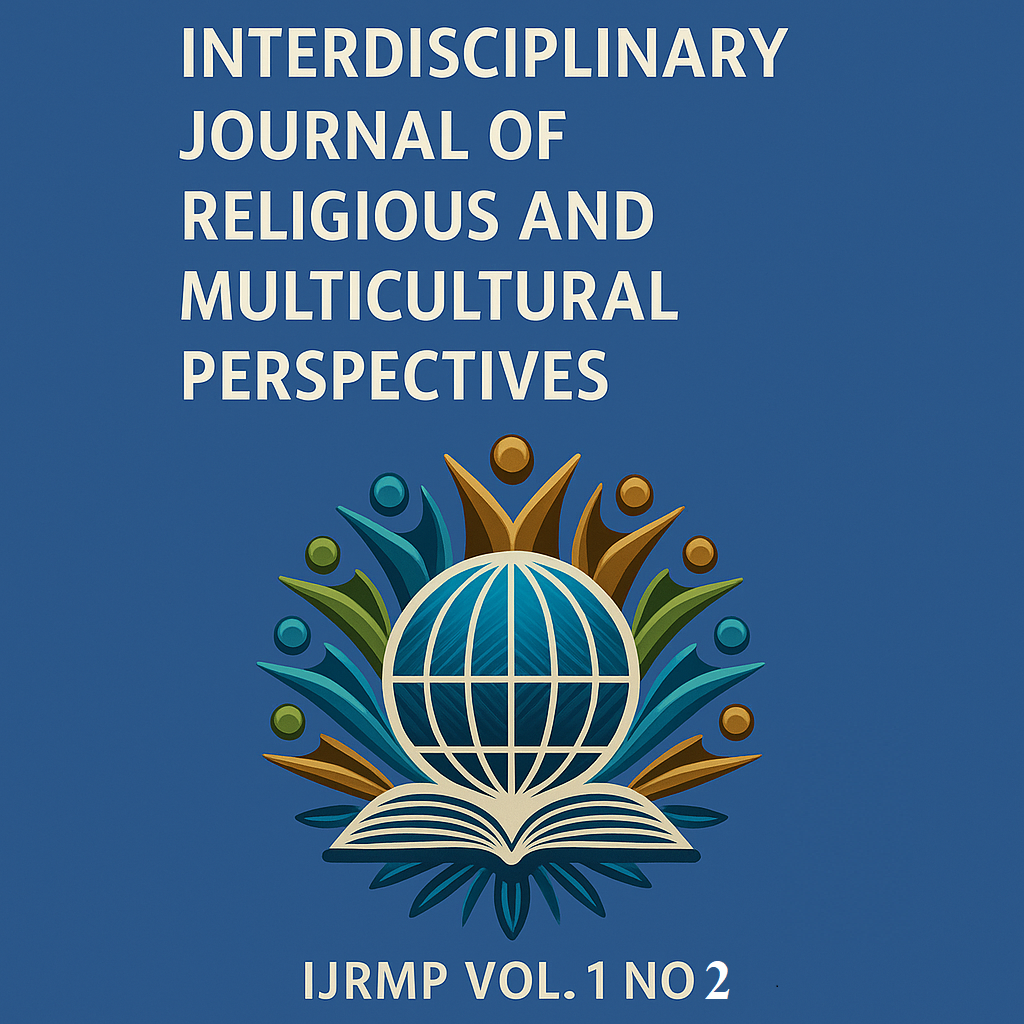Assessment of Trophy Hunting Programme in Balochistan
Keywords:
Trophy Hunting Programme; BalochistanAbstract
This study assesses the Trophy Hunting Programme in Balochistan its practice, impacts in biodiversity improvement within six community-based conservancies in Balochistan namely 1) Torghar Community Game Reserve, 2) Dureji Community Game Reserve, 3) Shahnoorani Community Game Reserve, 4) Taloband Community Game Reserve, 5) Phore Community Game Reserve and 6) Baran Lakh Community Game Reserve, Pakistan. The study focuses on the harvest of five ungulate species (Suleiman Markhor, Afghan Urial, Blandford Urial, Sind Ibex, and Kennion Gazelle). Data analysis explores species quotas allocated by the CITES management authority, revenue generation, and the program's impact on local communities. The analysis of data in this study reveals that in Trophy Hunting Season 2021-22 overall quota for Balochistan was 44 Nos., while in Trophy Hunting Season 2022-23 it was increased upto 56 Trophies and in Trophy Hunting Season 2023-24 it has jumped upto allocation of 80 trophies to the province which indicates the increase in the population size of targeted species in all the notified conservancies, moreover, the trophy hunting season 2023-24 was highly successful, with the Suleiman Markhor fetching the world's highest bid of Rs. 0.245 Million (US Dollars) and generating a total Revenue as Rs. 455,222,835/- (Four Hundred Fifty-five Million Two Hundred Twenty-two Thousand Eight Hundred Thirty-five). Based on these results, the study recommends: Strategically expanding trophy hunting opportunities with meticulous consideration of new target species and geographic areas, Establishing a dedicated Trophy Hunting Endowment Fund to channel revenue towards wildlife habitat enhancement and community development initiatives, Implementing supplementary projects within the conservancies to address climate change mitigation and zoonotic disease control and Utilizing online bidding platforms to streamline the process and enhance accessibility for international hunters. Besides, the evaluation of Historical data of the study suggests a positive correlation between trophy hunting and population growth of targeted ungulate species within the conservancies. This research also contributes to the ongoing discourse on the viability of trophy hunting as a sustainable conservation strategy and its potential to generate socioeconomic benefits for local communities.
References
Ali, A. E., Waly, M. I., Bhatt, N., & Al-Saady, N. (2015). Proximate and Phytochemical composition and antioxidant properties of indigenous landraces of omani fenugreek seeds. African Journal of Traditional, Complementary and Alternative Medicines, 12(2), 149. https://doi.org/10.4314/ajtcam.v12i2.22
Angula, M. N., Li, J., & Lameck, N. (2018). Trophy hunting as a conservation strategy: A case study of Namibia. Journal of Environmental Management, 215, 8-14.
Baig, M. B., & Al-Subaiee, F. S. (2009). Biodiversity in Pakistan: Key issues. Biodiversity, 10(4), 20–29. https://doi.org/10.1080/14888386.2009.9712858
Bauer, H., Chardonnet, B., Jones, M., & Sillero‐Zubiri, C. (2019). Trophy hunting: Broaden the debate. Science, 366(6464), 433–434. https://doi.org/10.1126/science.aaz4036
Blumstein, D. T., & Roberts, T. J. (1993). The Birds of Pakistan. Mountain Research and Development, 13(1), 112. https://doi.org/10.2307/3673650
Crosmary, W., Côté, S. D., & Fritz, H. (2015). The assessment of the role of trophy hunting in wildlife conservation. Animal Conservation, 18(2), 136–137. https://doi.org/10.1111/acv.12205
FRISINA, M.R. & U. GOMBOSUREN (2000): Argali (Ovis ammon) population surveys in Mongolia 1997–1999. Progress report No. 3. A report to Argali Conservation International and the Mongolian Ministry for Nature and the Environment, Ulaanbaatar, Mongolia.
Infield, M., & Namara, A. (2001). Community attitudes and behaviour towards conservation: an assessment of a community conservation programme around Lake Mburo National Park, Uganda. Oryx, 35(1), 48–60. https://doi.org/10.1046/j.1365-3008.2001.00151.x
Lindsey, P. A., Roulet, P., & Romañach, S. S. (2007). Economic and conservation significance of the trophy hunting industry in sub-Saharan Africa. Biological Conservation, 134(4), 455–469. https://doi.org/10.1016/j.biocon.2006.09.005
Naidoo, R. (2011). Rethinking Development: Higher Education and the new Imperialism. In Edward Elgar Publishing eBooks. https://doi.org/10.4337/9780857936233.00012
Salerno, E. A., Culakova, E., Kleckner, A. S., Heckler, C. E., Lin, P. J., Matthews, C. E., Conlin, A., Weiselberg, L., Mitchell, J. P., Mustian, K. M., & Janelsins, M. C. (2021). Physical activity patterns and relationships with cognitive function in patients with breast cancer before, during, and after chemotherapy in a prospective, nationwide study. Journal of Clinical Oncology, 39(29), 3283–3292. https://doi.org/10.1200/jco.20.03514
Downloads
Published
Issue
Section
License
Copyright (c) 2025 Sharif Ud-Din Baloch, Arz Muhammad Umrani, Tariq Khan (Author)

This work is licensed under a Creative Commons Attribution-NonCommercial-NoDerivatives 4.0 International License.





